What Makes the Three 2018 Honda Clarity Models Different?

There are few certainties in this world, and one of the most uncertain is the type of technology that will eventually replace the gasoline-powered engine.
Electricity, hydrogen, compressed natural gas – there is no shortage of ideas but as for which one will ultimately fuel our transportation in the model year 2099? That’s less clear.
What is clear is Honda has wisely cashed in a few of its chips to create a vehicle series that offers customers an array of electrified powertrain choices in one spacious and well-equipped five-passenger sedan. The Clarity, designed as a platform that can accept more than one type of propulsion system, can be equipped as either a plug-in hybrid (PHEV), a pure electric (BEV), or a hydrogen vehicle (FC).
ALSO SEE: 2018 Honda Clarity Review
All of the Clarity models share major exterior styling cues. Up front, one will find a dramatic set of LEDs, sculpted here to creatively move the wind around so the car can punch a neater hole in the air. Alert shoppers will spy functional air scoops on the car’s body ahead of the rear wheels, just like a Ferrari 458 Italia. OK, maybe not just like the 458, but the scoops are functional, designed to cheat the wind and divert air over the rear wheels. This creates an “air curtain” to reduce wind resistance and increase range, no matter the powertrain configuration.
Sharp-eyed readers will also note all three Clarity models have different tail lights and slightly different front fascias. The BEVs earn clear tail lamps simply as a styling decision by the design team and no openings in its front fascia because it doesn’t need the cooling properties of an open grille. Conversely, FC versions have extra openings underneath either side of the front license plate bracket when compared to the PHEV car.
There are even a couple of color choices separating the three Clarity versions, with the FC earning an exclusive burgundy hue in a nod to the original FCX Clarity and the BEV car allowing the choice of a natty blue that salutes first Fit EV.
ALSO SEE: 2018 Honda Clarity Electric has a Very Attractive Lease Price
Mechanically, the Clarity brothers are quite different in terms of propulsion. The PHEV is powered by two-motor hybrid technology, utilizing a 1.5-liter inline-four gasoline engine teamed with an AC traction motor and a 17kWh battery pack. Together, they produce 212 horsepower and can propel the Clarity PHEV 47 miles on the battery alone. Using gasoline power the Clarity PHEV is rated at 47 mpg, while electrons alone juice this number to 110 MPGe.
The Clarity BEV deploys a 161-horsepower electric motor. Packing a total of 25.5kWh battery capacity, it can travel 89 miles on a full charge. Armed with the knowledge of this limited range, owners will become intimately familiar with public charging stations in their area. Fortunately, the BEV supports level three quick-charging, a feature not found on the PHEV. This version’s fuel economy is rated at 114MPGe.
A five-passenger sedan powered by hydrogen is, for much of the country, approximately as crucial to the local economy as a diamond-encrusted Faberge egg. However, sun-soaked denizens of southern California, in addition to enjoying decadent beaches and endless good weather, are #blessed with a burgeoning network of hydrogen filling stations. In this corner of the world, a hydrogen-powered car makes a case for itself.
Unlike conventionally powered cars, fuel cell vehicles carry a hydrogen tank instead of a gas tank, generating electricity inside these fuel cells as hydrogen reacts with the oxygen contained in the air. This electricity drives the motor that moves the vehicle with no CO2 or other harmful emissions being generated. The sole by-product of the electricity generation inside the Clarity Fuel Cell is water.
Fuel cells are relatively large compared to a battery pack or gas tank, helping to explain the odd bustleback proportions of the Clarity because the body needs to accept the powertrain of three diverse methods of propulsion.
Inside, there is minimal difference between these three electrified brothers. In fact, the sole physical difference between the three models are the number of drive mode buttons ahead of the Clarity’s shifter. A trio resides in the PHEV (Econ, Sport, and Hybrid), two take up space in the BEV (Econ and Sport), while the Fuel Cell car only gets a Sport button.
The dashboards contain slightly different readouts dependent on their mode of propulsion but are extremely similar in design. For example, the Clarity PHEV’s dashboard bookends a speedometer with a battery level readout on the left and fuel level on the right. The BEV model swaps these for “energy usage” and battery level bar charts respectively. Oddly, the BEVs battery level icon is a gas pump with a plug.
Trunk space is also slightly different between these three iterations of the Clarity. Unsurprisingly, the fuel cell model and its enormous hydrogen storage unit has the least amount of cargo room. The PHEV model, lacking a large battery pack like the BEV, is the most commodious.
I have driven all three Clarity models and think the base model Clarity Plug-In Hybrid, which commands just under 34,000 of the finest American dollars, to be the best value of the lot. The Clarity Touring is an extra $2,000, bringing with it some interior frippery, but no extra capability. The battery-only Clarity EV is limited to less than 90 miles of range and the Clarity Fuel Cell, while innovative, is hamstrung by an anemic hydrogen fuelling network.
The Honda Clarity is on sale now, with the fuel cell iteration naturally restricted to the warm California climes. Building a single platform to explore different methods of propulsion is a bold gamble, one that’ll likely pay off in the form of valuable R&D learnings for Honda.
Suddenly, musing on the powertrain offerings for calendar year 2099 got a whole lot easier.
This article originally appeared on HybridCars.com

Living in rural Canada, Matthew has immersed himself in car culture for over 30 years and relishes the thought of a good road trip. A certified gearhead, he enjoys sharing his excitement about cars and is very pleased to contribute at AutoGuide. Matthew is a member of Automotive Journalists Association of Canada (AJAC).
More by Matthew Guy



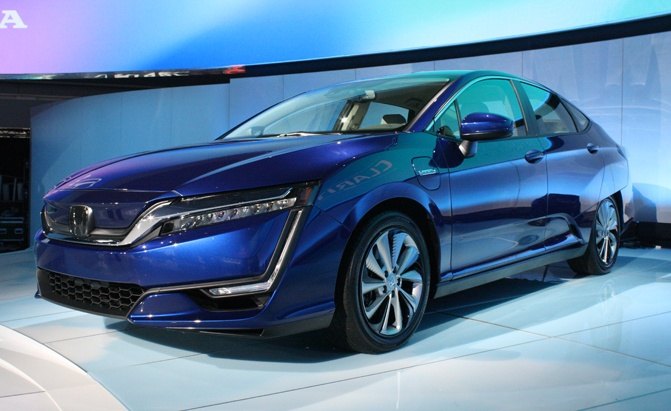













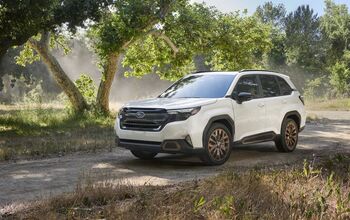
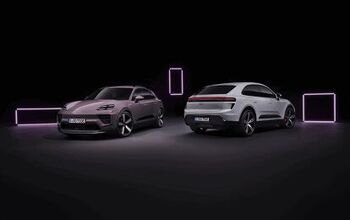
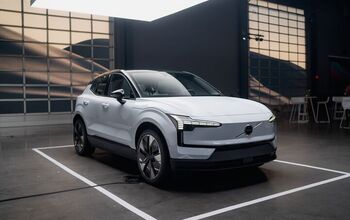
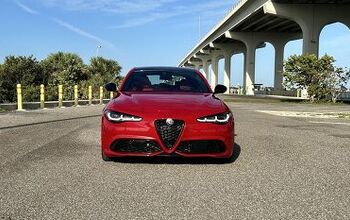



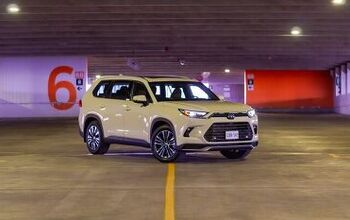
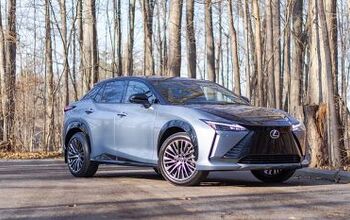




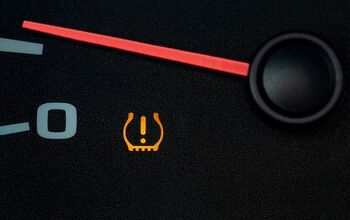

Comments
Join the conversation